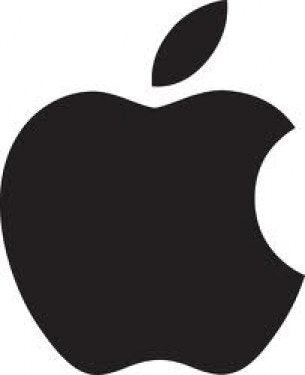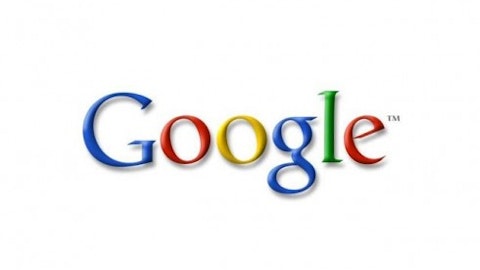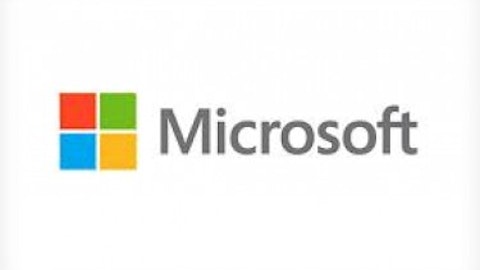Investors shouldn’t anticipate much from Apple Inc. (NASDAQ:AAPL)’s Worldwide Developers Conference. The company will be releasing incremental improvements in its products through the release of a new operating system and applications like iRadio. The potential success of iRadio is debatable, but it may be able to build a larger content ecosystem than Spotify’s and Pandora Media Inc (NYSE:P)’s. After all, it was Apple that negotiated $0.99 per song for iTunes.
How to position after the WWDC
Apple Inc. (NASDAQ:AAPL) is a long-term growth investment. The company has sound fundamentals supporting it. While the company may lose some market share in the tablet space because of its higher average selling price, there’s no denying that the company’s brand is representative of luxury in emerging and developing markets.
The company’s growth strategy involves a mix of stealing market share in established markets, organic revenue growth from late-adopters, and international expansion, paired with new product categories like wearable computing. Tim Cook believes that wearable computing is difficult to create. He also addresses some key issues in wearable computing in an AllThingsD interview. He believes that wearable-computing, while important, needs to address the issue of utility (marginal benefit, or having the added benefit of an add-on device that may not be extremely useful). The CEO suggests in an interview that he may have a solution to creating a wearable device that could have mainstream appeal. Only time will tell as Apple would need to make sure this new product category is a significant success. Perhaps you will see people trading in their Rolex watches for iWatches. In the end, Apple Inc. (NASDAQ:AAPL) needs to address utility, user interface, and status (perhaps a gold-plated iWatch) with the release of wearable computing.
Going forward, the company appeals to both value, income, and growth oriented investors. The company’s dividend policy is very shareholder-friendly with a 2.76% dividend yield. The company’s 10.5 earnings multiple is extremely generous considering the 20.88% annual growth rate projected by analysts on a consensus basis for the next 5-years.
The company seems to be on track, and it is nice that the stock hasn’t run-up prior to the worldwide developer conference. Investors should approach Apple with a strategy of long-term accumulation rather than a gimmicky in-and-out day-trading plan.
Microsoft needs success in mobile
Microsoft Corporation (NASDAQ:MSFT) has its hands full with E3. But entertainment and devices is currently its fastest growing division. It cannot afford to let anything slip up, and it is likely that Xbox One and Microsoft Windows 8 will become cross-compatible in multiple ways through the cloud. Sony in its press release for PlayStation 4 stated its belief that cloud computing technologies will continue to redefine the way gamers can play. It also believes that the cloud may enable computing devices to be wirelessly interconnected with their PlayStation 4 consoles. QUALCOMM, Inc. (NASDAQ:QCOM) mentions that machine-to-machine communication is the next market forefront for mobile station modem technologies. It believes that over 100 billion objects will eventually interact with each other using wireless signals.
Perhaps Microsoft Corporation (NASDAQ:MSFT) can shut out Apple Inc. (NASDAQ:AAPL) by making sure the Apple iOS is incompatible with any form of Microsoft video gaming. Sony’s PlayStation 4 could stream to Apple, but Sony is also having its own share of issues trying to stimulate demand for its Sony Xperia ZL device. After all, mobility is Sony’s fastest growing division. Sony may also decide to keep the streaming feature to mobile exclusive to Android. Because of this, mobile wars will be driven by scale, programs, and unique value propositions exclusive to certain mobile platforms that will not be found on the others. Android, Windows, and IOS will remain the future of mobile.






